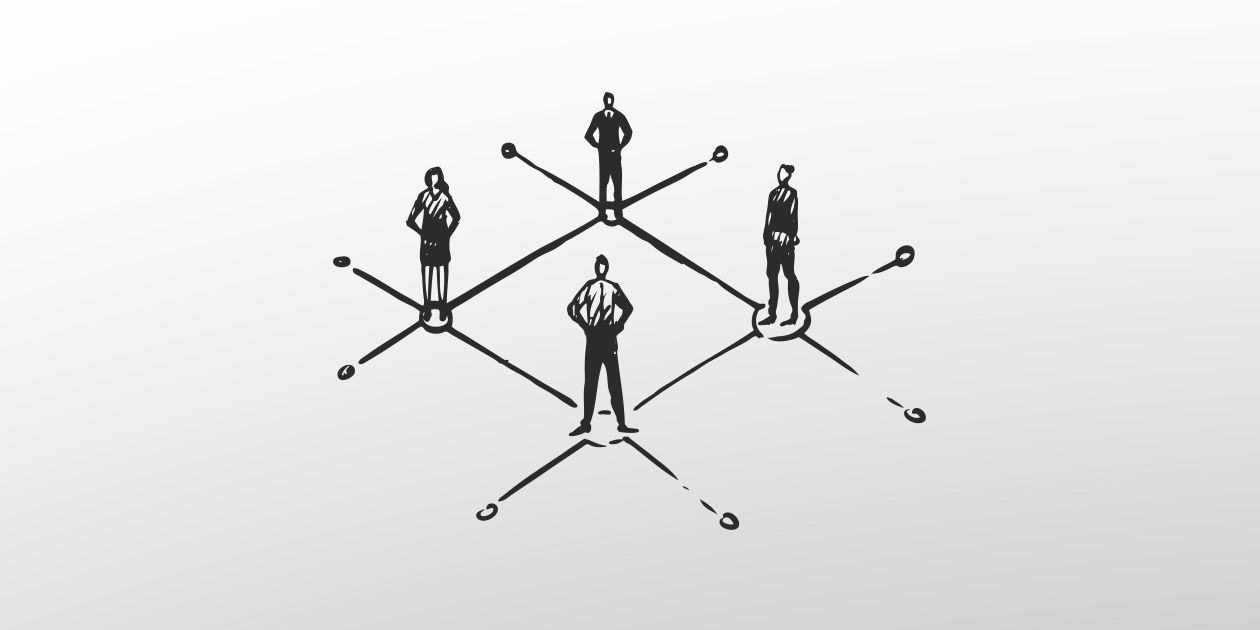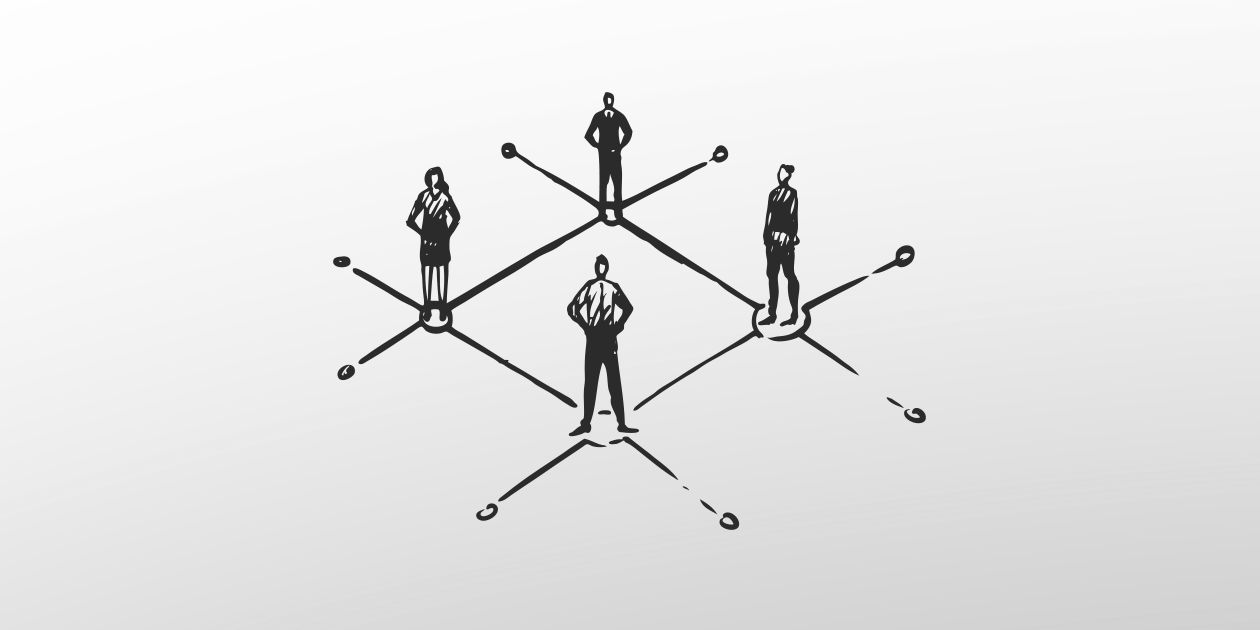The past is not a guarantee of the future when it comes to weather-related losses, which reached a record high in 2024. But could there be a way to know in advance where the next major natural disaster will strike, and with what intensity?
The answer could lie partly in artificial intelligence (AI), according to two experts who spoke at the Property & Casualty Insurance Day event on April 2 in Montreal. Sonia Montserrat, Director, Data Science at Videns, an AI company, and Hachem Agili, CEO of Geosapiens, a firm specializing in flood modeling and management, took turns outlining the benefits that the insurance industry could derive from the latest technologies for dealing with natural disasters.
AI is not the only prevention tool, nor is it infallible, but it is becoming increasingly essential, they said.
In his presentation, workshop moderator Louis Regimbal, Senior Adviser at Oliver Wyman, pointed out that there are three stakeholders who will contribute to the implementation of resilience models for climate change and natural disasters: policyholders; insurers and reinsurers; and the municipal, provincial and federal levels of government. But who will take the lead among them? questioned Regimbal. He also emphasized the role of intermediaries in raising policyholders' awareness, encouraging them to put in place mitigation measures to avoid the problems that arise in the wake of a climate-related loss, and to reap the financial benefits in terms of premiums.
P&C insurance well positioned
Sonia Montserrat has accompanied a number of insurers in the analytics and data management revolution, which has given her a certain outsider's view of trends in the P&C insurance industry.
“We think this sector is well positioned to take advantage of the leverage that AI represents,” she contends. We see how technology is more advanced in property and casualty insurance.
Science, she said, is helping to anticipate claims. There are more and more tools for predictive maintenance, using sensors to find out what's going on in a house or a car, and analyzing weather phenomena in real time.
“These are things that can help us anticipate a disaster before it happens,” she commented.
She gave a few examples of how claims management can be automated: image analysis using artificial intelligence can be applied for immediate damage assessment; automatic document processing will speed up processes, saving red tape and resources dedicated to processing documents.
“In general, what we see from our perspective as data experts is that more and more, AI is transforming the property and casualty insurance industry. And I think there's a lot of opportunity to develop a model that's more focused on prevention, accuracy and customer satisfaction.”
Predictive AI in commercial insurance
Sonia Montserrat used her platform to outline the benefits of predictive AI in commercial lines insurance.
“Predictive risk analysis aims to be able to predict natural disasters and adjust coverage as the climate changes with risks that may change over time,” she explained.
In the past, pricing was based more on industry types or sectors of activity. Now, other elements are taken into account, such as land and business location.
AI is proving useful on several levels: identifying risk areas, issuing alerts and recommendations in real time; assessing and adjusting coverage; personalizing premiums; pricing risks according to terrain and issuing incentives for preventive measures, such as installing flood barriers.
The benefits are numerous: fewer claims thanks to anticipation; better coverage to avoid major losses; a stronger partnership with the insurer, who becomes a prevention player and not just a claims manager.
Most importantly, access to data
Hachem Agili emphasized one aspect: the most important factor in understanding risk is access to data. If you understand risk at the organizational or policyholder level, you can make good decisions, whether in pricing, underwriting, risk management or claims.
The most common method of covering rainfall flood risk is to rely on historical claims for a region or zip codes. This is not the most reliable or accurate way, he says. The result can be an underestimation of risk for some policyholders and, on the contrary, an overestimation for others, to the disadvantage of both policyholders and insurers.
Flooding is a highly localized phenomenon. One property may be at high risk of flooding, but its neighbor may be at zero risk, due to topography and hydraulics.
Technological tools take account of the changing climate. The data is updated on a regular basis, adding all the extreme events that occur each year. This information allows the data to evolve, enabling the insurer to project or cover the full spectrum of risks, so as to offer insurance premiums that are fairly representative of the customer's risk.
He added that today many companies are offering innovative products and data to support the insurance industry, improve decision-making and ensure more optimal, more efficient risk assessment.
Following the damage caused by the torrential rains of Storm Debby in the summer of 2024, he has seen good momentum within the insurance industry, which wants to adopt this kind of model to improve its risk assessment methods.
He also notes that insurance wholesalers and brokers increasingly want access to these tools to understand or control risk and properly support their customers.
The impact of AI on the climate
During the question period at the event, an insurance student raised the impact of the frequent use of AI on the climate. According to a study conducted in 2023 by the University of California, Riverside, sending 20 to 50 queries to a model like ChatGPT could indirectly consume around 500 ml of water, due to the cooling requirements of data centers.
Isn't the insurance industry shooting itself in the foot by increasing the use of AI when we'd like to make a positive contribution to global warming, the student asked? Sonia Montserrat replied that we are in the early stages and expect solutions to be found in the future.







